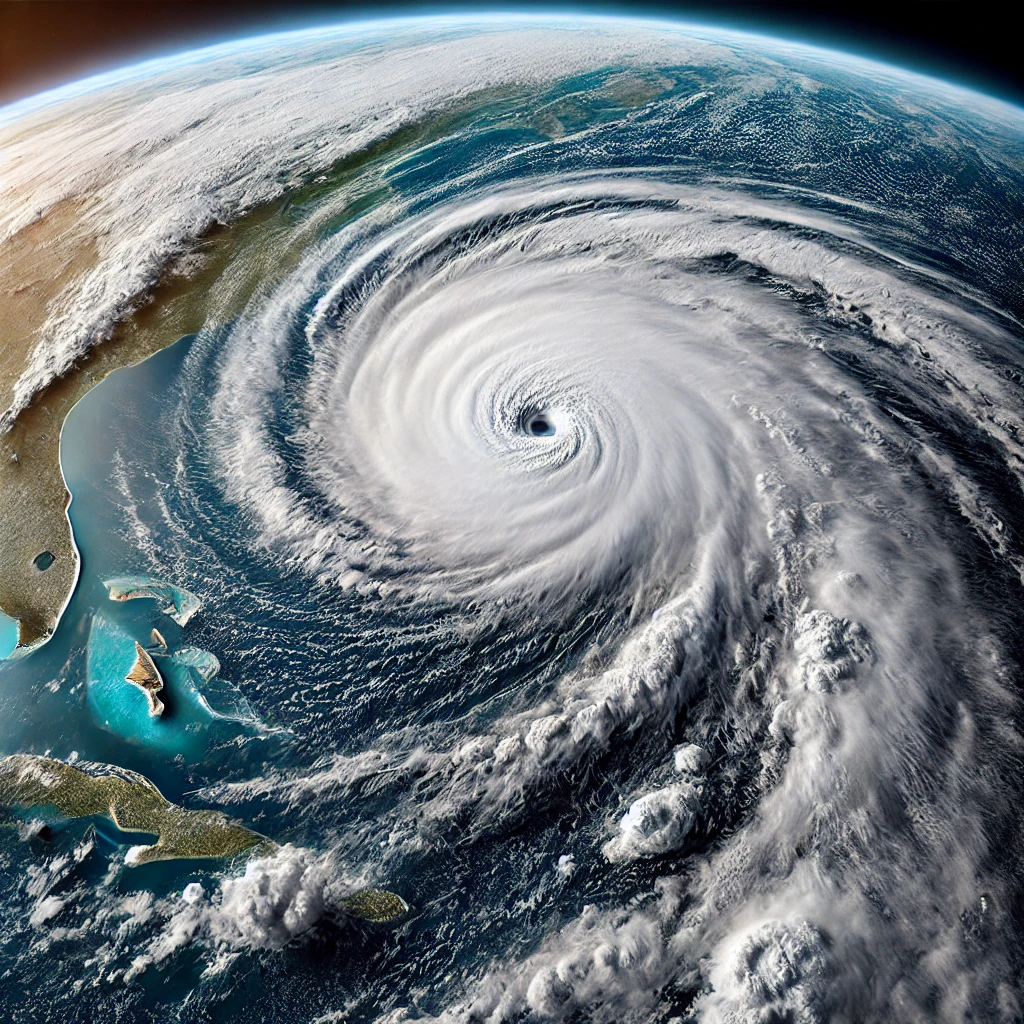
July 10, 2024 – Atlanta, GA – Hurricane Beryl, which recently made landfall along the southeastern coast of the United States, has generated a series of tornadoes that caused substantial damage across several states. As Beryl moved inland, the storm’s outer bands created the perfect conditions for tornado formation, leaving a trail of destruction in its wake.
Georgia and South Carolina Hit Hard
The hardest-hit areas include parts of Georgia and South Carolina, where multiple tornadoes touched down within hours. Local authorities reported significant property damage, with homes, businesses, and infrastructure affected. Emergency services have been working around the clock to assist residents, clear debris, and restore essential services.
Rescue and Relief Efforts Underway
In response to the devastation, rescue teams have been deployed to the affected regions. Governor Brian Kemp of Georgia has declared a state of emergency, mobilizing state resources to aid in the relief efforts. “Our primary focus is the safety and well-being of our residents,” Kemp stated. “We are committed to providing the necessary support to help our communities recover.”
Meteorological Factors at Play
Meteorologists explain that the interaction between Hurricane Beryl’s moist, unstable air and the existing atmospheric conditions contributed to the tornado outbreak. The warm ocean waters and high humidity levels intensified the hurricane’s strength, while the cooler air from the north created a volatile environment conducive to tornado formation. “This is a classic scenario where a powerful hurricane can generate tornadoes as it moves inland,” said Dr. Sarah Johnson, a leading meteorologist.
Looking Ahead
As Hurricane Beryl continues to weaken, the threat of additional tornadoes diminishes, but the recovery process for the affected areas is just beginning. Residents are advised to stay informed through official channels and follow safety guidelines. Relief organizations are on the ground, providing assistance and resources to those in need.





